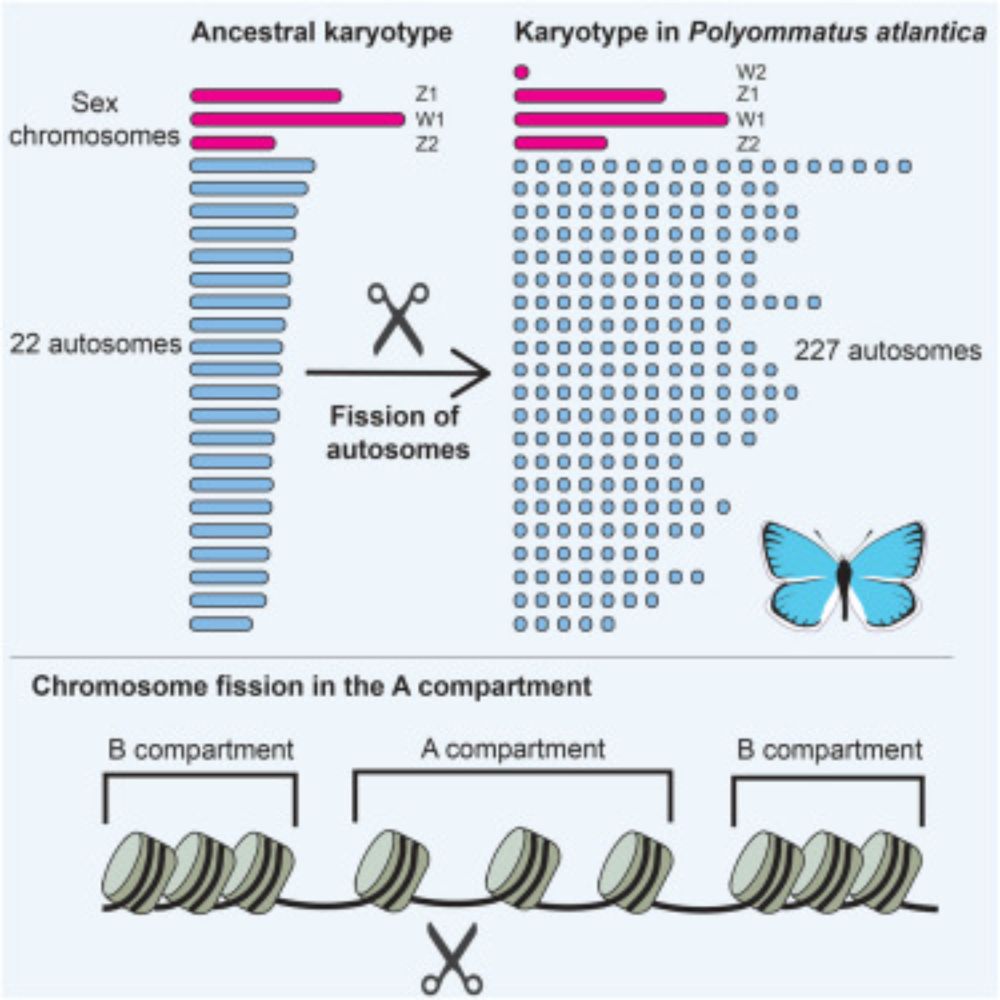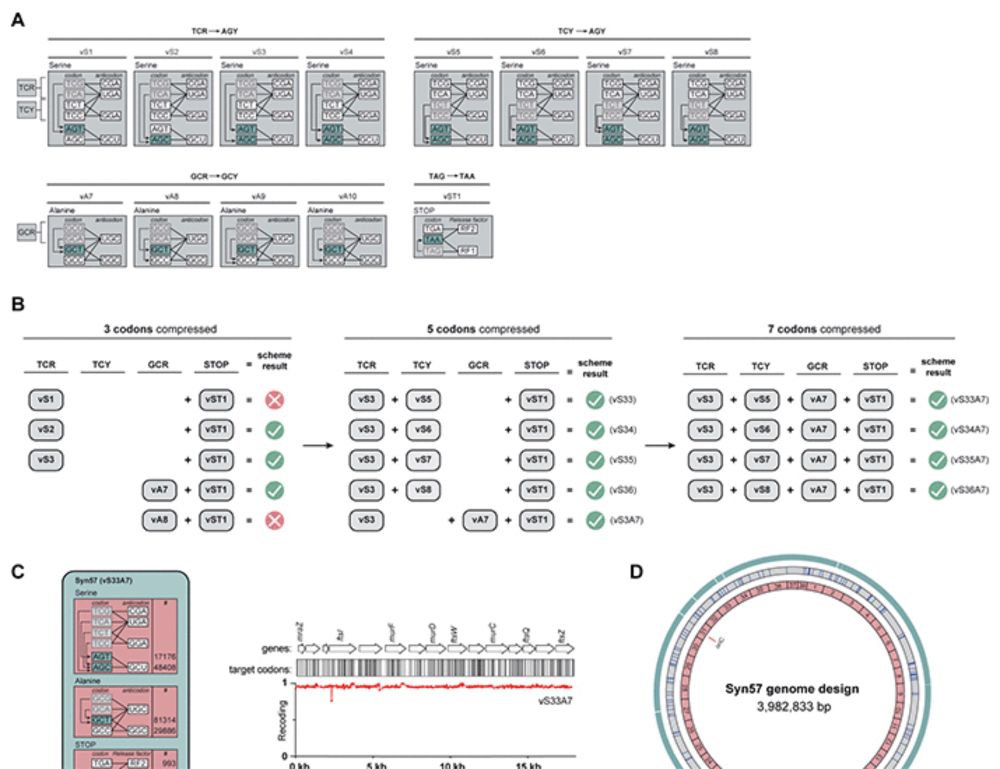
Personal website:
https://sites.google.com/view/keertana-tallapragada/home
#protistsonsky 🧵
#protistsonsky 🧵

www.science.org/doi/10.1126/...

www.science.org/doi/10.1126/...
The Ringelmann effect, first described in humans, applies to many cooperative systems, but a recent CB paper showed how weaver ants overcome it.
Just one example where the (hu)manosphere could learn from ants...
www.cell.com/current-biol...

The Ringelmann effect, first described in humans, applies to many cooperative systems, but a recent CB paper showed how weaver ants overcome it.
Just one example where the (hu)manosphere could learn from ants...
www.cell.com/current-biol...

A thread below...

pmc.ncbi.nlm.nih.gov/articles/PMC...
You can read our news and views here: www.pnas.org/doi/10.1073/...
pmc.ncbi.nlm.nih.gov/articles/PMC...
You can read our news and views here: www.pnas.org/doi/10.1073/...
Don't make her life be about the DNA debacle. She died far too young, but she was a promising scientist in her own right, a mentor and scientific author.
Not for Watson or Crick, but for her legacy.
www.thelancet.com/journals/lan...

Don't make her life be about the DNA debacle. She died far too young, but she was a promising scientist in her own right, a mentor and scientific author.
Not for Watson or Crick, but for her legacy.
Defensive fungal symbiosis on insect hindlegs: www.science.org/doi/10.1126/...
#SymbioSky

Defensive fungal symbiosis on insect hindlegs: www.science.org/doi/10.1126/...
#SymbioSky
If you’re into genetics and genomics of plant reproductive evolution or adaptive convergence (incl in the cool and charismatic nightshades!) I’d be happy to talk about possible projects!
www.simonsfoundation.org/grant/simons...

If you’re into genetics and genomics of plant reproductive evolution or adaptive convergence (incl in the cool and charismatic nightshades!) I’d be happy to talk about possible projects!
www.simonsfoundation.org/grant/simons...
doi.org/10.1093/isme...

doi.org/10.1093/isme...

~~~~~~
Where no crawly is creepy!
LindZeamays Illustration
LindZeamays.com
~~~~~~
🎨🐡🪳🪲🦋

~~~~~~
Where no crawly is creepy!
LindZeamays Illustration
LindZeamays.com
~~~~~~
🎨🐡🪳🪲🦋
www.sciencemagazinedigital.org/sciencemagaz...

www.sciencemagazinedigital.org/sciencemagaz...
www.biorxiv.org/content/10.1...
Read on below!
1/12 🧵

www.biorxiv.org/content/10.1...
Read on below!
1/12 🧵
Original idea from @albertomarina.bsky.social and, as usual, he was right.
www.biorxiv.org/content/10.1...

Original idea from @albertomarina.bsky.social and, as usual, he was right.
www.biorxiv.org/content/10.1...


In our paper out now in @currentbiology.bsky.social we show that the Atlas blue butterfly has 229 chromosome pairs- the highest in diploid Metazoa! These arose by rapid autosome fragmentation while sex chromosomes stayed intact.
www.cell.com/current-biol...

In our paper out now in @currentbiology.bsky.social we show that the Atlas blue butterfly has 229 chromosome pairs- the highest in diploid Metazoa! These arose by rapid autosome fragmentation while sex chromosomes stayed intact.
www.cell.com/current-biol...
This database contains 286 entries. For each entry, we provide a link, short description, deadline, amount, and eligibility criteria.
Download this updated and expanded database here: research.jhu.edu/rdt/funding-...

This database contains 286 entries. For each entry, we provide a link, short description, deadline, amount, and eligibility criteria.
Download this updated and expanded database here: research.jhu.edu/rdt/funding-...
www.biorxiv.org/content/10.1...

www.biorxiv.org/content/10.1...

Support available for multiple years from startup; we are open to a range of project ideas. Come join us to study symbiosis in a supportive, collaborative environment!
unc.peopleadmin.com/postings/303...
Support available for multiple years from startup; we are open to a range of project ideas. Come join us to study symbiosis in a supportive, collaborative environment!
unc.peopleadmin.com/postings/303...

